By Major Dominic Caraccilo
Historians often claim that the Allies, and most particularly the Americans, won World War II, as Nathan Prefer writes in his introduction of Vinegar Joe’s War: Stilwell’s Campaign’s for Burma, (Presidio Press, Inc., Novato, California, 2000, 312 pages, photographs, maps, tables, appendices, notes, bibliography, index, $29.95 hardcover) “… by applying a mass of material and manpower
to overwhelm a more professional but materially weaker enemy.” Arguably, this premise is well supported, albeit misleading, by the actions in Normandy and various Pacific campaigns, but there are many battles in which the United States did not have any of the usual advantages often attributed to its success. As Prefer appropriately concludes, “The entire U.S. Army ground-force effort in the China-Burma-India (CBI) Theater of operations is a case in point.”
Esteemed historian and author of critically acclaimed works such as Patton’s Ghost Corps and MacArthur’s New Guinea Campaign, Nathan N. Prefer provides an intriguing look at this largely ignored theater in Vinegar Joe’s War: Stilwell’s Campaign for Burma. Little hope was placed for a decisive strategic or tactical victory in the China-Burma-India theater of operations. An American force, technically under Allied command, fought this campaign without the tactical use of air support, with minimal logistic support, and with a manpower shortage that, as Prefer writes, “became so bad that the American commander was forced to return wounded men to the front lines.”
The American general in command of World War II’s most desolate and frustrating theater was Joseph W. Stilwell, nicknamed “Vinegar Joe” for his blunt manner. Isolated at the end of a 10,000 mile supply route, and given low priority for men and equipment, the “dogged old infantryman,” as one historian described the general, waged an effective battle against combat-hardened Japanese troops.
Vinegar Joe’s War is Prefer’s story of a determined general who understood that in order to defeat the Japanese the Americans needed to keep China in the war. The book is at once a study of the U. S. Army’s first prolonged battle on the continent of Asia and an investigative look at one of America’s most often overlooked generals. Highly regarded by General George C. Marshall, Stilwell was appointed U.S. Commander of the CBI Theater in 1942. Although allotted minimal resources, Stilwell strived to encourage the Nationalist leader, Chiang Kai-shek, to build an effective military force to counter the Japanese enemy in China and Burma. The Japanese interests in Burma lay in her strategic resources, especially oil, and in a determination to cut the Chinese supply line by controlling key Burmese terrain.
Although overcoming parochial differences among Allied leaders to open an overland route from India to Burma, the initial actions to prevent a Japanese conquest of northern Burma failed and Stilwell found his small force in full retreat into India. Bitterly disappointed that the British had failed to take offensive action in northern Burma in an effort to help open the required road, “Vinegar Joe” decided it was time to take matters into his own hand.
In 1944, Stilwell dispatched the only American ground troops in the region, the 5307th Composite Unit (Provisional) commanded by Brig. Gen. Frank D. Merrill. “Merrill’s Marauders,” the predecessors to the presentday U.S. Army Rangers, were reinforced with Chinese infantry and artillery in an effort to reopen the Burma Road. In an epic raid against the airfield at Myitkyina the Marauders captured the strategic target during a three-month foray in May to August 1944. Stilwell and the commanders that followed him eventually opened the Burma Road on 27 January 1945.
There were no great battles, and no sweeping armored thrusts to report in the CBI Theater. In fact, it was dubbed “the forgotten theater” because it lay far down the Allied list of priorities. As Prefer points out, it was battle at its most primitive, pitting ground soldiers against each other in harsh conditions of climate and terrain.
Prefer’s work fills a void with this focused work, because it offers the proper recognition to those who valiantly fought in the rugged CBI Theater. This particular book is yet another in a series of important Prefer works. World War II is the subject of thousands of books, with more to come. Prefer is one of a very few who identifies and historically exploits portions of the conflict not fully examined.
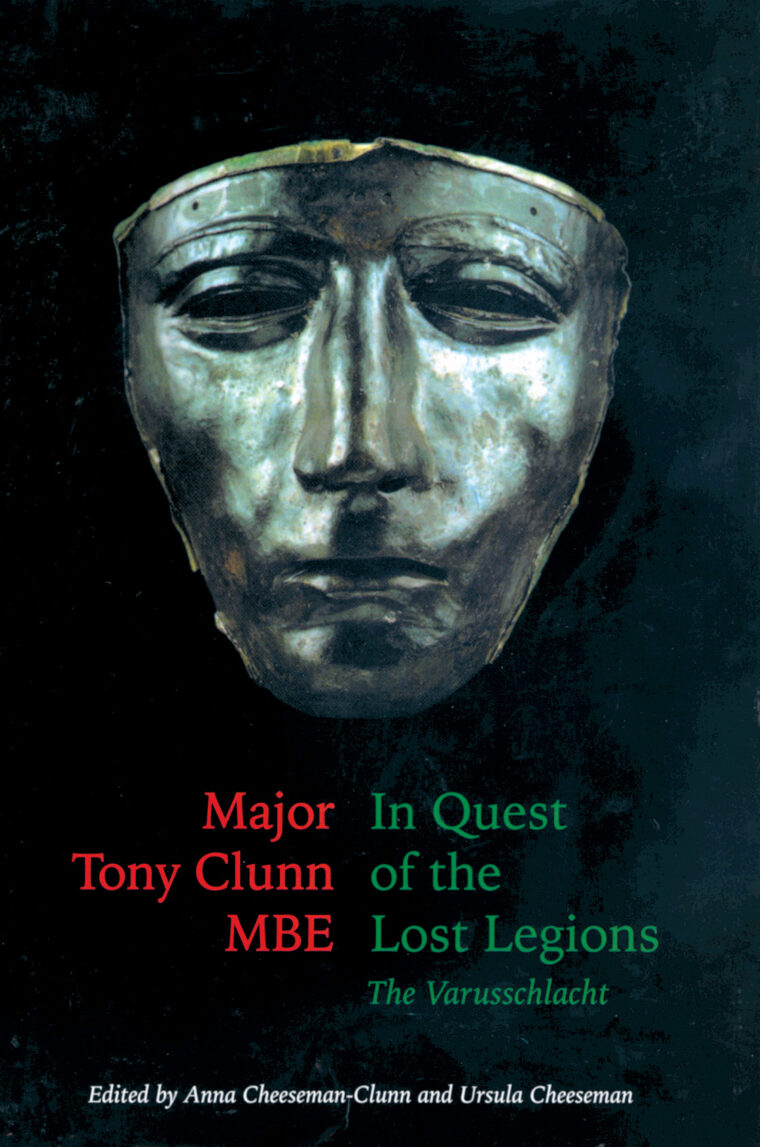 Recent and Recommended
Recent and Recommended
In Quest of the Lost Legions: The Varusschlacht by Major Tony Clunn, MBE, Minerva Press, London, UK, 1999, 337 pages, photographs, illustrations, maps, tables, appendices, and bibliography, $39.95 hardcover
An amazing find in an unlikely place. For hundreds of years, scholars have searched, but it took amateur archaeologist British Major Tony Clunn’s discoveries in the late 1980s to reap success. The find? The place where three Roman legions under Publius Quinctilius Varus were destroyed by German tribesman in 9 AD. The place: Kalkriese, Germany.
In Quest of the Lost Legions: The Varusschlacht is at once a chronological depiction of Clunn’s amazing discoveries and a viable explanation of how a devastating battle unfolded, now accepted in academic circles. More importantly, his methodology for describing his good fortune is unique. He takes facts based upon his discoveries and couples them with historical archives from Tacitus, Cassius Dio, Florius, and then interjects historical fiction to what may have happened to the Varus legions during the year 9 AD leading up to the final bloody battle.
Thus Clunn capably transcends the mundane depiction of archeological research into a fascinating tale of the Varusschlacht. His combination of the science behind the search for relics and his amazing imagination and flare for the dramatic make In Quest of the Lost Legions two books in one.
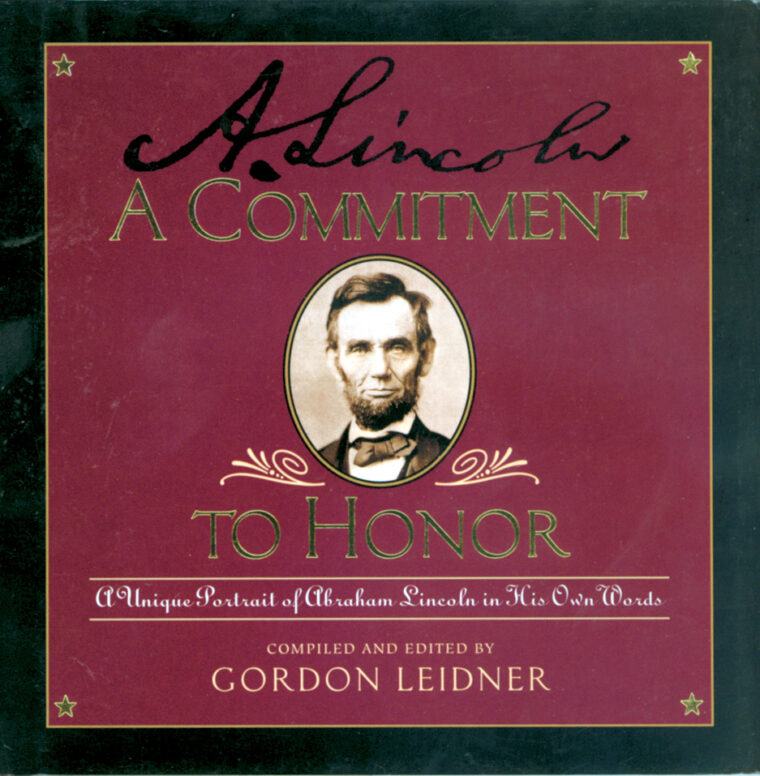 A Commitment to Honor: A Unique Portrait of Abraham Lincoln in His Own Words by Gordon Leidner, Rutledge Hill Press: Nashville, Tenn., 2000, photographs, appendices, notes, $12.95 hardcover
A Commitment to Honor: A Unique Portrait of Abraham Lincoln in His Own Words by Gordon Leidner, Rutledge Hill Press: Nashville, Tenn., 2000, photographs, appendices, notes, $12.95 hardcover
This is a spiritual and motivational guide on how to live today, emulating the great qualities of perhaps our nation’s greatest leader. Abraham Lincoln, 16th President of the United States, was absolutely committed to the people of his country and the maintenance of the Union. For over a century people have been fascinated with Lincoln and more has been written about him than about any other American. We respect him as the preserver of the Union as well as the Great Emancipator.
In A Commitment to Honor, dedicated student of Lincoln and Civil War enthusiast Gordon Leidner captures the essence of Lincoln’s character. Smartly categorized into 12 chapters, Leidner has meticulously chosen hundreds of Lincoln’s most significant quotations and observations. Of particular note are the insights by Lincoln’s wife, Mary Todd Lincoln, William Herndon, his law partner, and Stephen A. Douglas, his political opponent.
Each chapter clearly defines the president’s legacy in terms of his honesty, love of liberty, and perseverance for maintaining a nation. Much can be learned from the great orator just by reading his quotes as they relate to the many virtues he emulated.
Lincoln’s state papers, speeches, and letters serve as eloquent testimonies of his statesmanship and striking character. In A Commitment to Honor, Gordon Leidner has captured in one short volume, as Historian Edwin C. Bearss states on the back cover, “… the God-given talent [Lincoln had] to express himself in words that people felt and understood … . Leidner’s book enables the reader to sample and touch the greatness of Lincoln … ” This timeless set of virtues would do well as a path for all future leaders to follow.
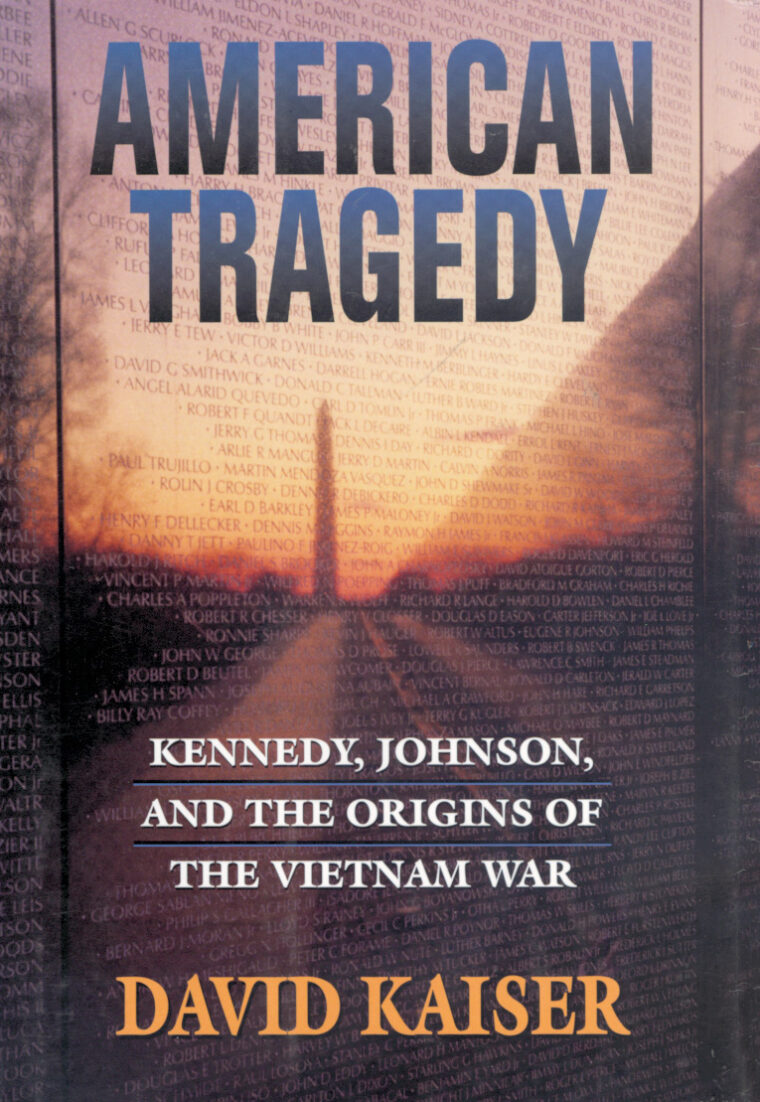 American Tragedy by David Kaiser, The Belknap Press of the Harvard University Press, Cambridge, Mass., 2000, 566 pages, maps, photographs, abbreviations, notes, bibliography, index, $29.95 hardcover.
American Tragedy by David Kaiser, The Belknap Press of the Harvard University Press, Cambridge, Mass., 2000, 566 pages, maps, photographs, abbreviations, notes, bibliography, index, $29.95 hardcover.
The early 1960’s proved to be a celebrated time for the citizens of the United States. Economic growth, a progressive civil-rights effort, and an overwhelming unity for the containment of communism were stabilizing forces in a nation’s trust in its government. By the spring of 1975, however, as author David Kaiser writes in his introduction, “… American’s confidence in their government had fallen to a new low.” The reason for this fall from grace, was Southeast Asia.
Vietnam was indeed a failure and Naval War College professor David Kaiser has offered a work that looks at the conflict across the political, diplomatic, and military spectrums. The premise of this intriguing volume is that “our nation succumbed to the defects of our greatness.” He spreads the blame, starting with the Eisenhower administration whose intent to resist aggression everywhere in the world was the genesis for our involvement in the first place.
From analysis of a cautious President Kennedy, who consistently resisted the entreaties of the military professionalism to the over reliance on military guidance endured by the Johnson administration, American Tragedy is an exhaustive account of the war. It is bound to be a classic.
In Brief
Little Ship Big War: The Saga of DE343 by Edward P. Stafford, Naval Institute Press, Annapolis, Md., 2000, 336 pages, photographs, chronology, bibliography, index, $17.95 softcover.
Retired naval commander Edward Stafford, best-selling author of The Big E, about the USS Enterprise, provides yet another gripping account of naval warfare in World War II. Little Ship Big War is Stafford’s autobiographical story of his 1943-45 service on the USS Abercrombie, a destroyer escort (DE343) on operational duty during the war in the Pacific.
The USS Abercrombie was named after William Warner Abercrombie, a fighter pilot on the carrier USS Hornet, who was killed in an air battle near Midway in June 1942. Escorting convoys, chasing submarines, retrieving downed pilots, and providing cover for landing craft as they assaulted the beachheads, the newly formed destroyer escorts, named after the valiant Midway pilots, did their duty without fanfare in the fight against the Japanese. Stafford offers vivid accounts relying on ship logs, after-action reports, and a myriad of interviews, while interjecting firsthand experience into this immensely readable and informative tribute.
Custom of the Sea: A Shocking True Tale of Shipwreck, Murder, and the Last Taboo by Neil Hanson, John Wiley & Sons, Inc., New York, NY, 2000, 315 pages, illustrations, and bibliography, $24.95 hardcover.
The “custom of the sea” was a horrifying practice well known to 19th-century seamen. Adrift at sea, without food or water, and slowly starving to death, sailors often killed the weakest on board in order to provide sustenance for the others. In 1884, British Captain Tom Dudley and his four-man crew on board the Mignonette were faced with just such a predicament. Instead of drawing the customary lots to decide who would be sacrificed and eaten to save the others, Dudley chose to sacrifice the weakest of the four.
Custom of the Sea is the alarming recreation of the 1884 ordeal that left one man murdered and two others facing trial for murder.
Author Neil Hanson masterfully constructs the story based on numerous newspaper accounts, personal diaries and letters, court proceedings, and first-person accounts. Written in novel form but based on facts, The Custom of the Sea is a fascinating look into the legal system of that age while revealing the power of the press in influencing public opinion. The book is a compelling story of the human need to survive and an entertaining tale encapsulated by courtroom drama.
The Oxford Companion to American Military History edited by John Whiteclay Chambers II, Oxford University Press, 1999, 916 pages, maps, appendices, and index, $60.00 hardcover.
Reference works tend to form a redundant array of information; works cataloging a specific genre generally don’t offer a significant or a sufficiently different set of informative entries. This is not the case with the Oxford University Press’s American Military History. Over a thousand entries arranged alphabetically examine not only the wars and personalities that helped shape each conflict, they also explore the relationship of each to the social, economic, political, and cultural milieu of the time.
Over five hundred professional academicians, historians, and warriors provide a level of expertise that fully examines America’s military past by broaching tough subjects such as peace and antiwar movements, arms-reduction efforts, and topics probing the current military’s structure and size. Editor-in-Chief John Whiteclay Chambers II has assembled in American Military History a unique set of dictionary style essays that address, in interdisciplinary terms, nearly every aspect imaginable as it pertains to the military and its history. This book is an absolute requirement for any serious historian’s bookshelf.
Spies & Commandos: How America Lost the Secret War in North Vietnam by Kenneth Conboy and Dale Andrade, University Press of Kansas, Lawrence, Ks., 2000, 347 pages, maps, photographs, notes, and index, $34.95 hardcover.
As the authors of similar books on the market today, Kenneth Conboy and Dale Andrade’ have taken advantage of newly released special operations information in compiling this masterful book. It provides a complete understanding of the covert war in Vietnam and includes an in-depth look at some of the special action programs never before explored in print.
During the Vietnam War, the United States sought to undermine Hanoi’s subversion of the Saigon regime by sending Vietnamese operatives behind enemy lines. A secret to most Americans, this covert operation was far from secret in Hanoi: All of the commandos were killed or captured, and many were turned by the communists to report false information.
Spies and Commandos is a well-researched and controversial account. It offers an intriguing look at the operatives as a resistance force of psychological warriors who wielded the sacred sword of propaganda in an attempt to sway the North Vietnamese population. This book offers a complete operational account of the program and, while it yielded numerous heroes, in the end it was a miserable failure.
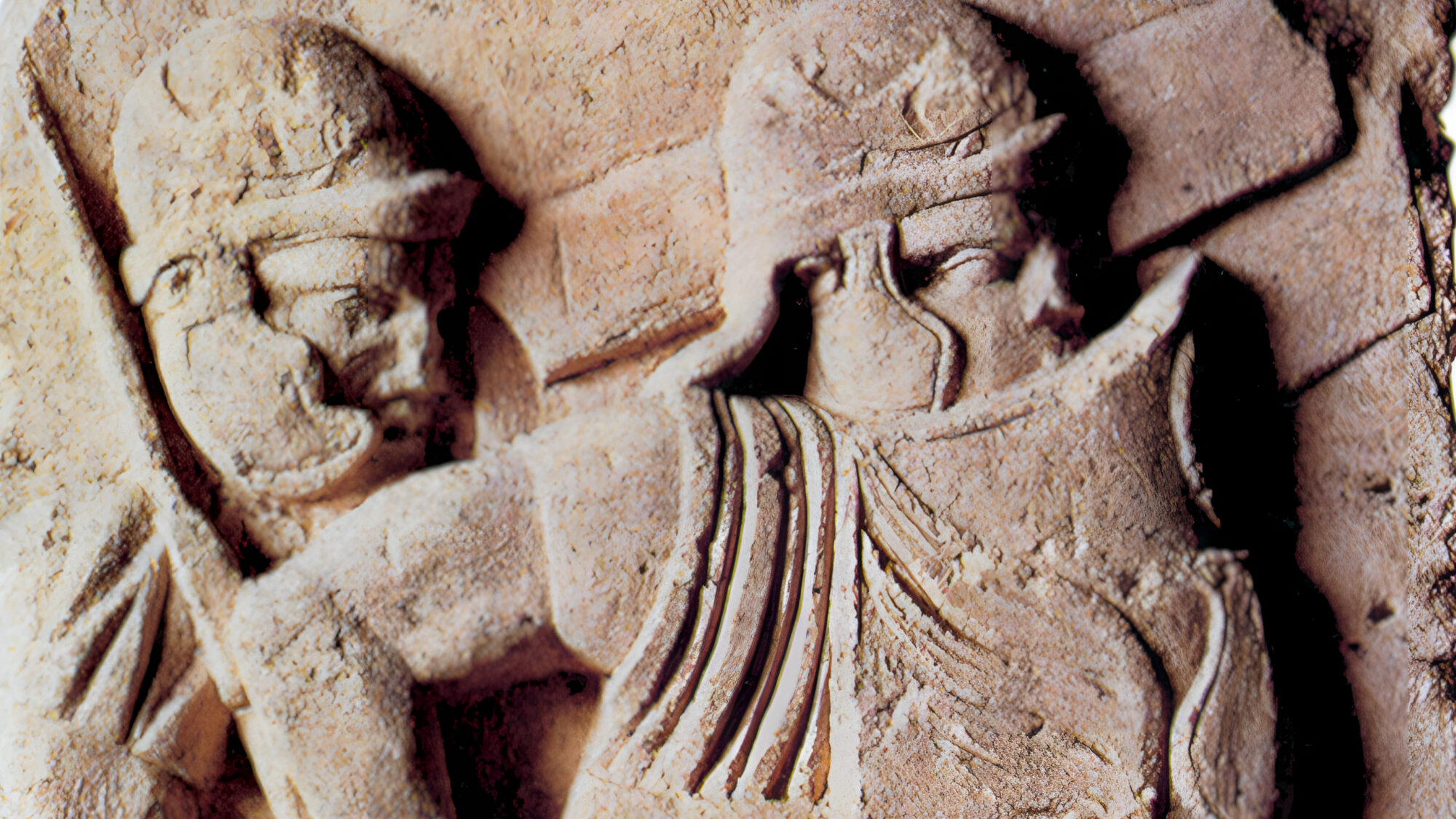
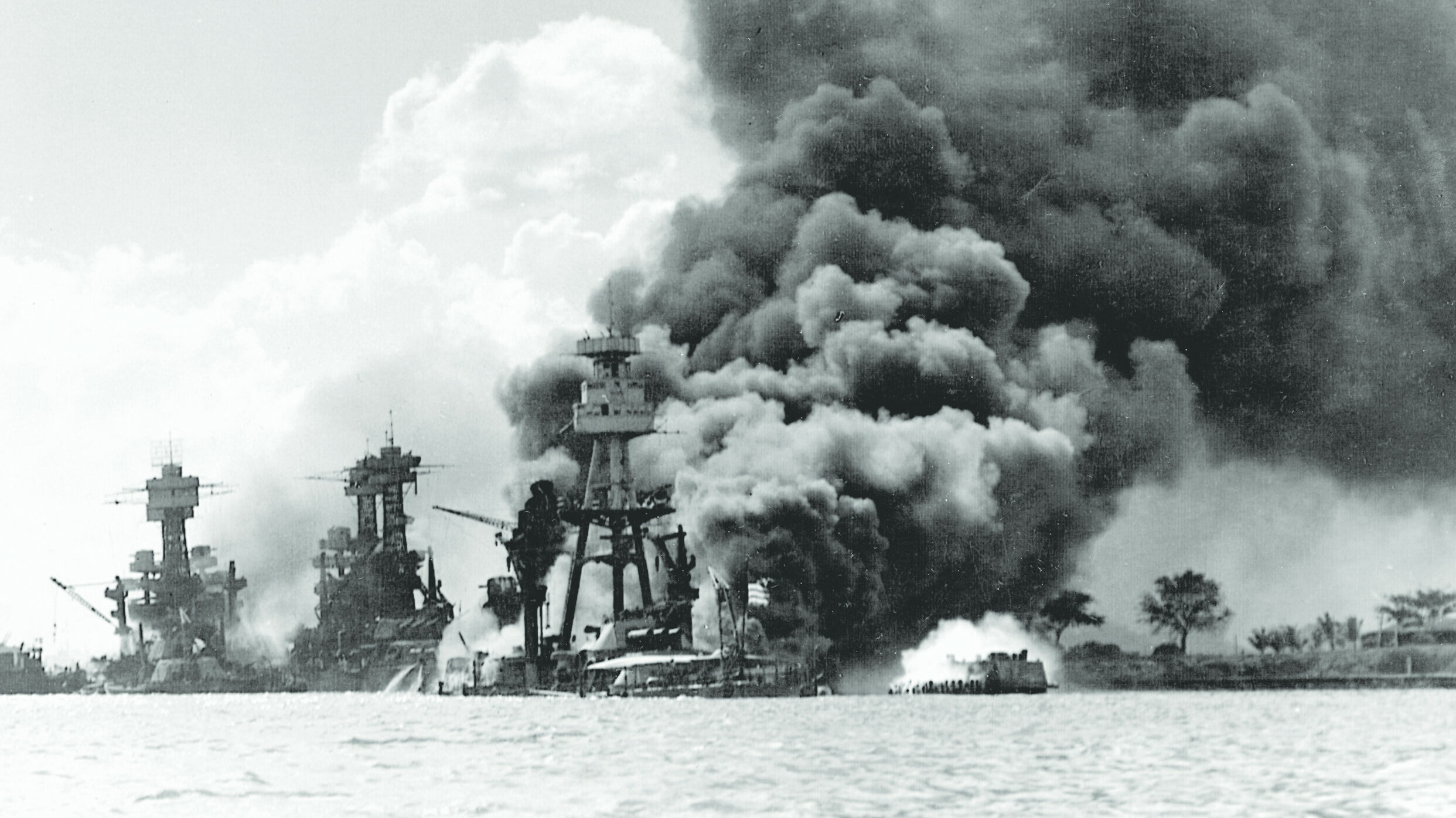
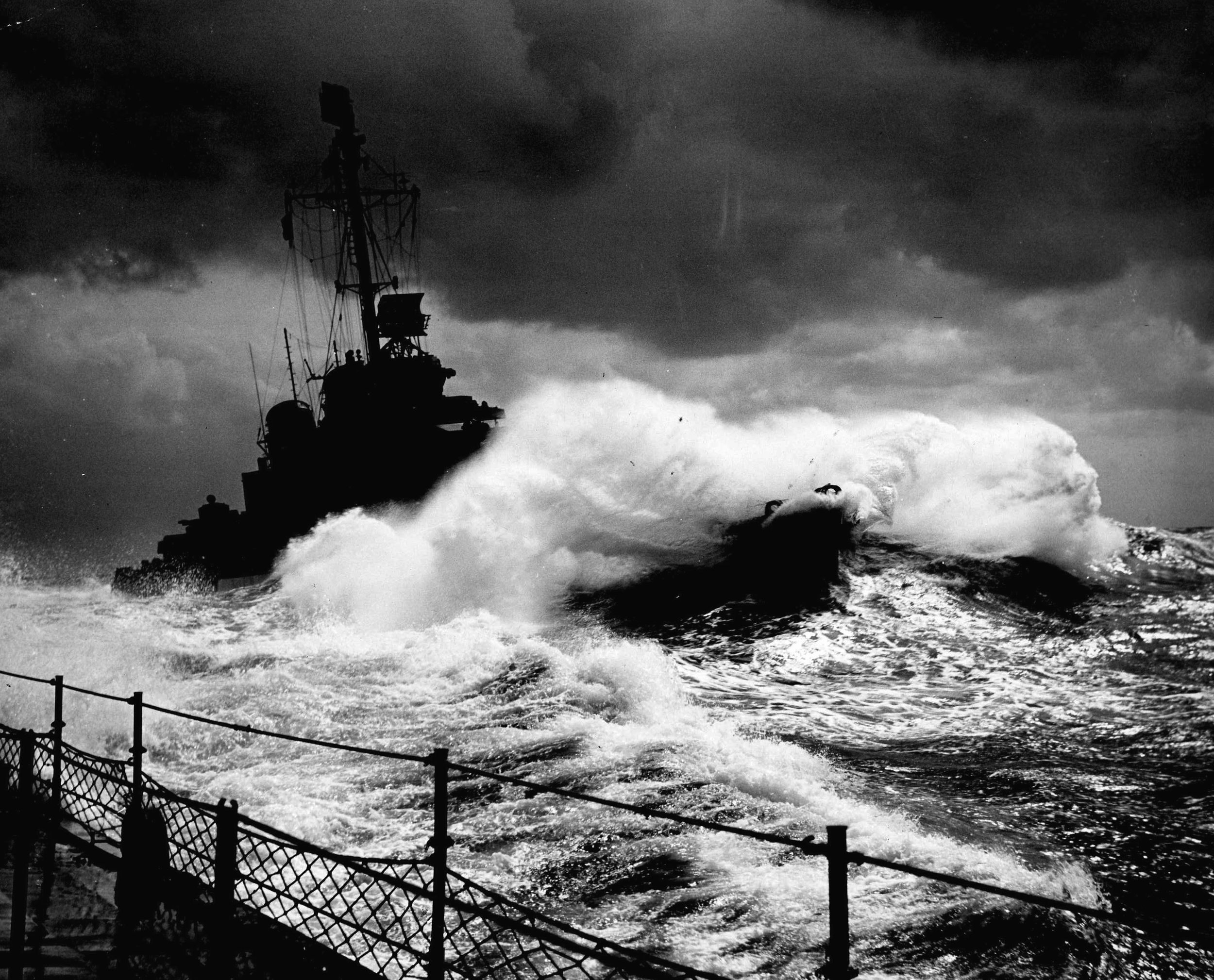
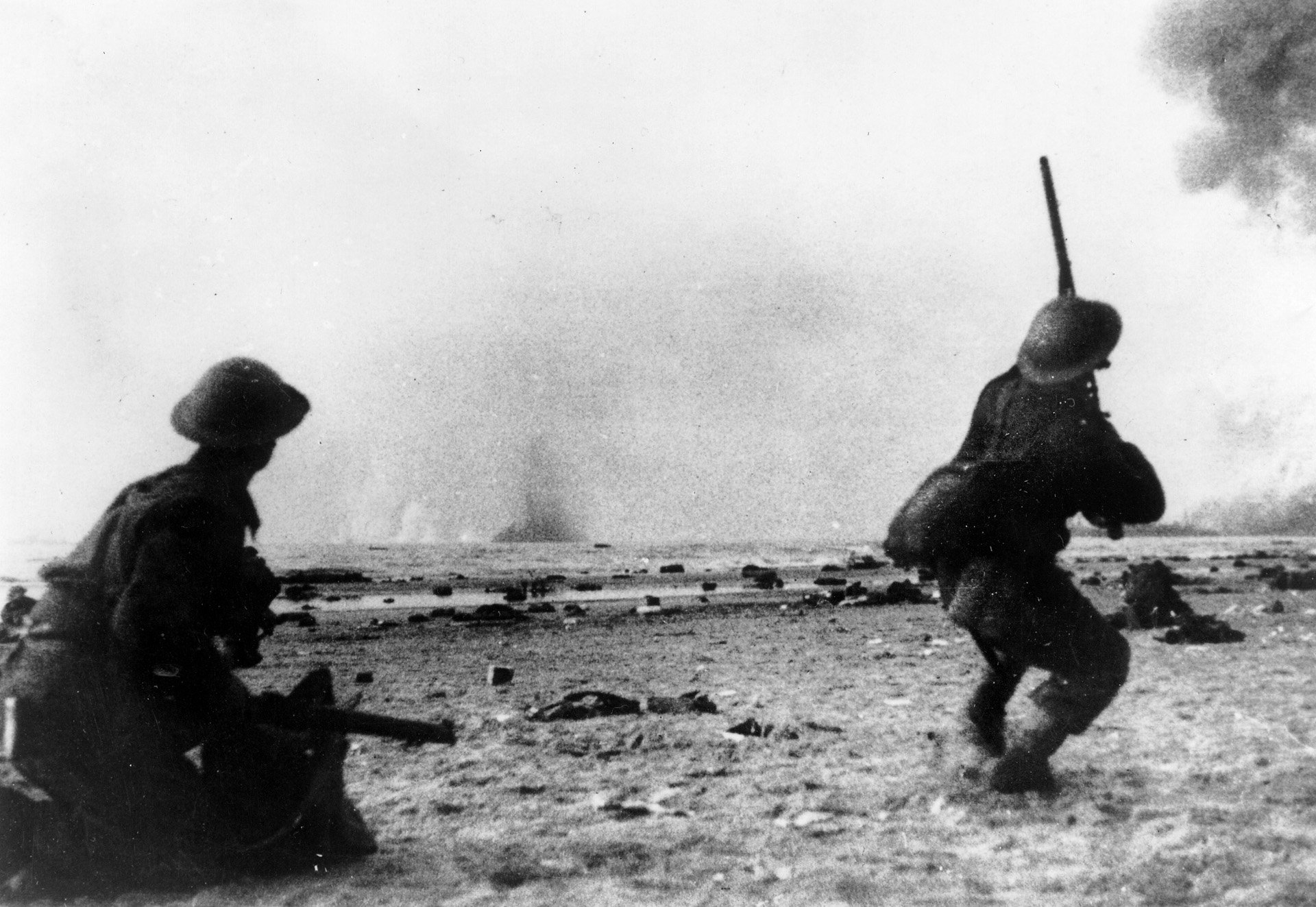
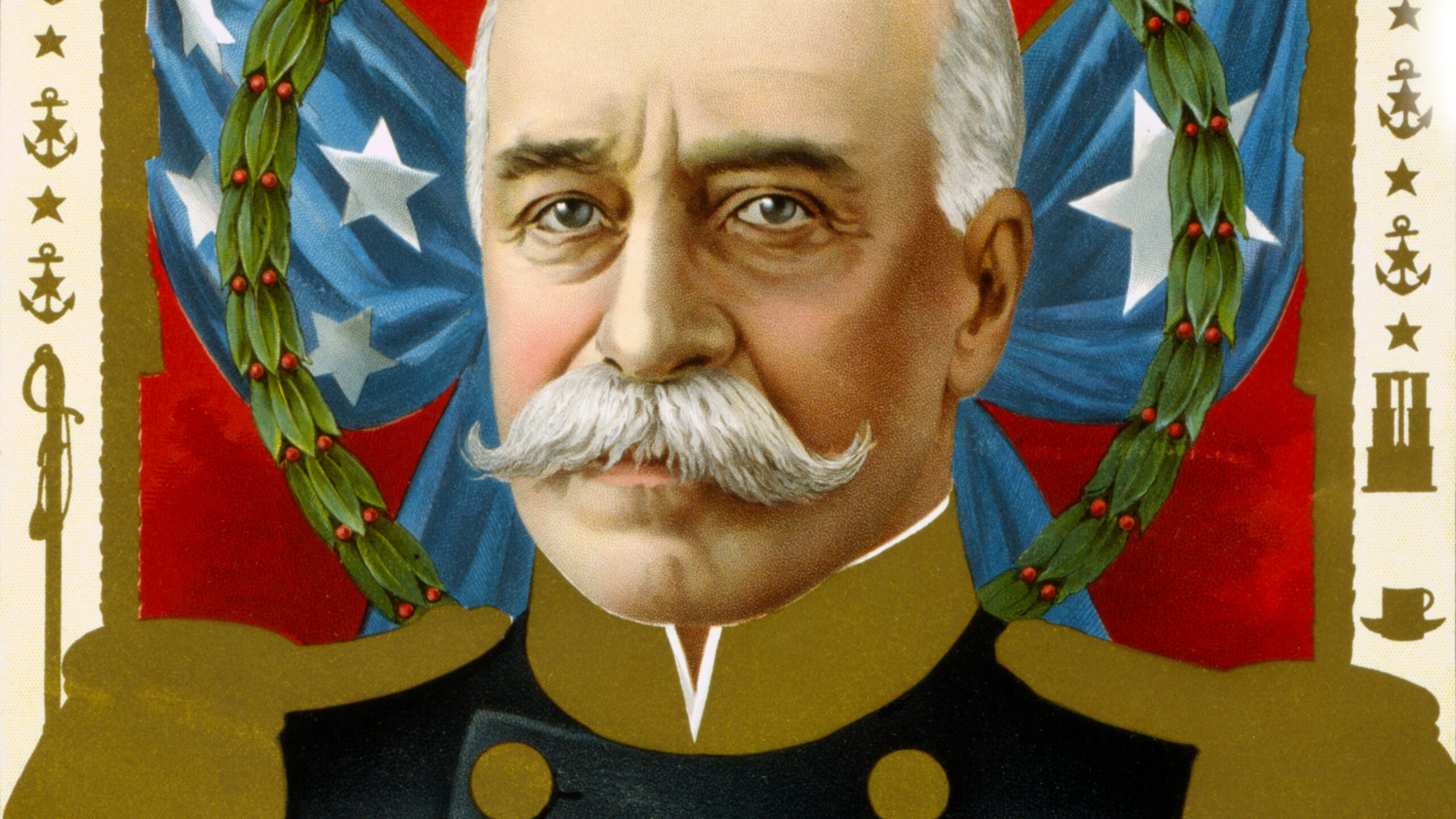
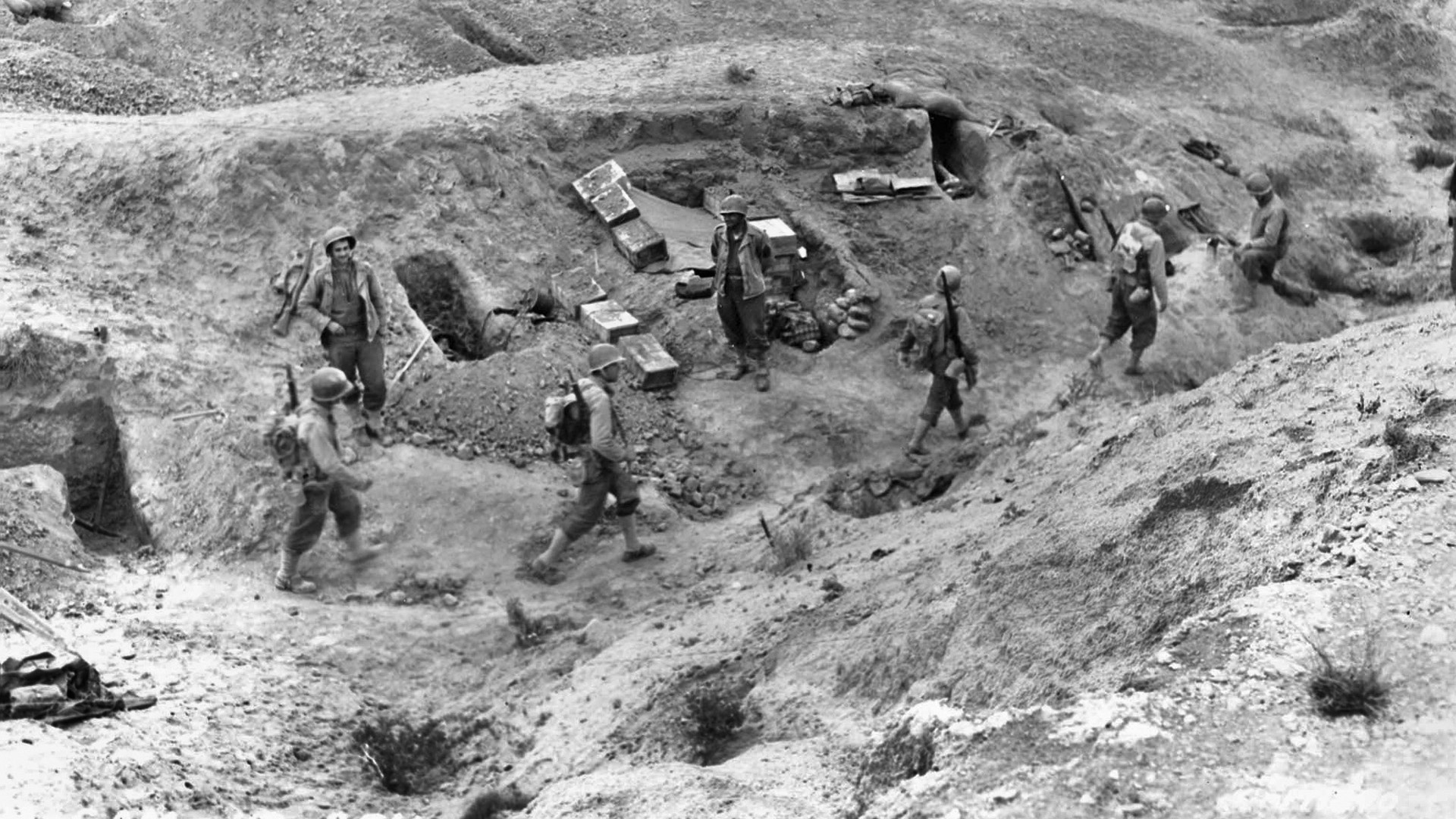
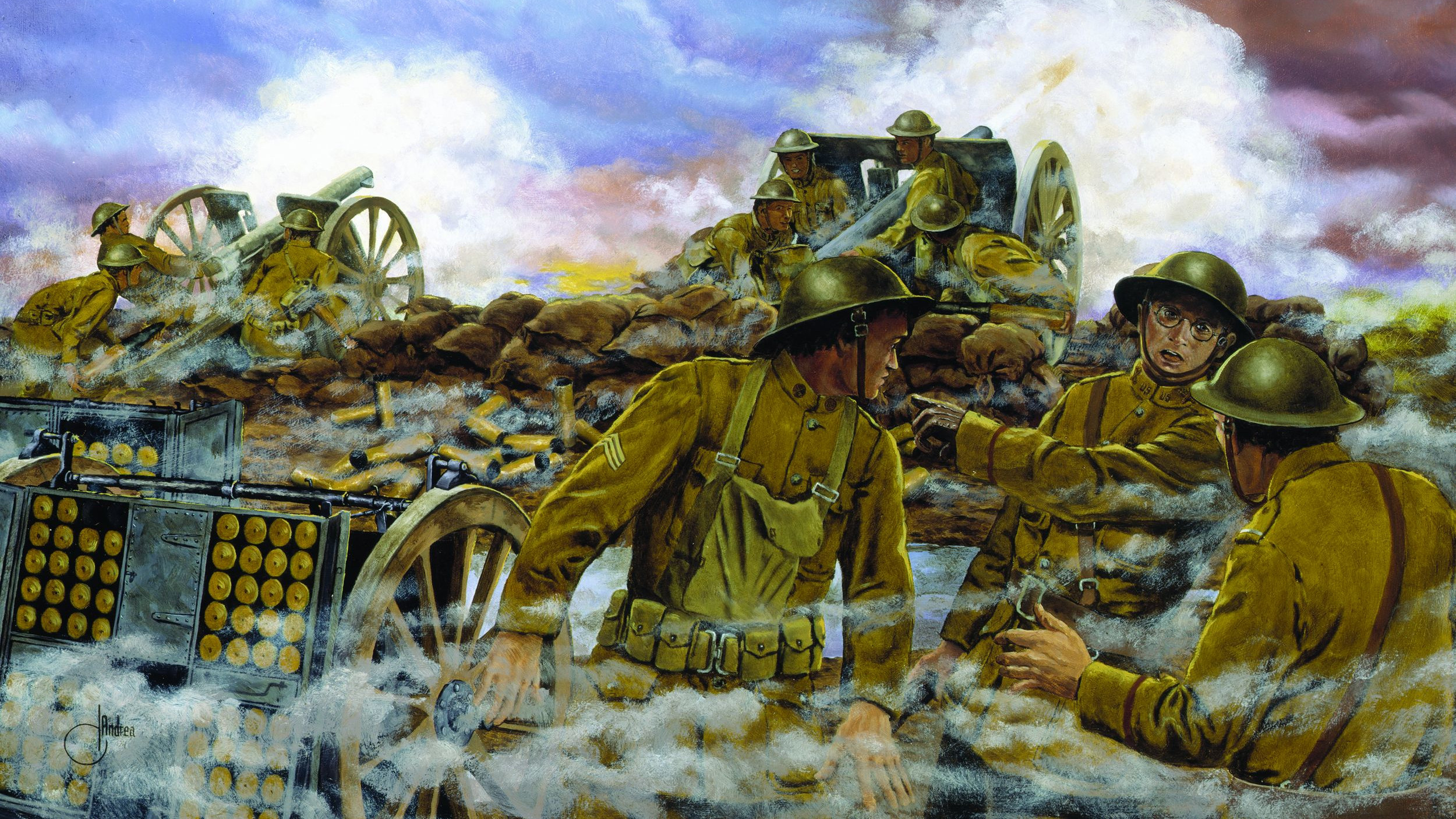

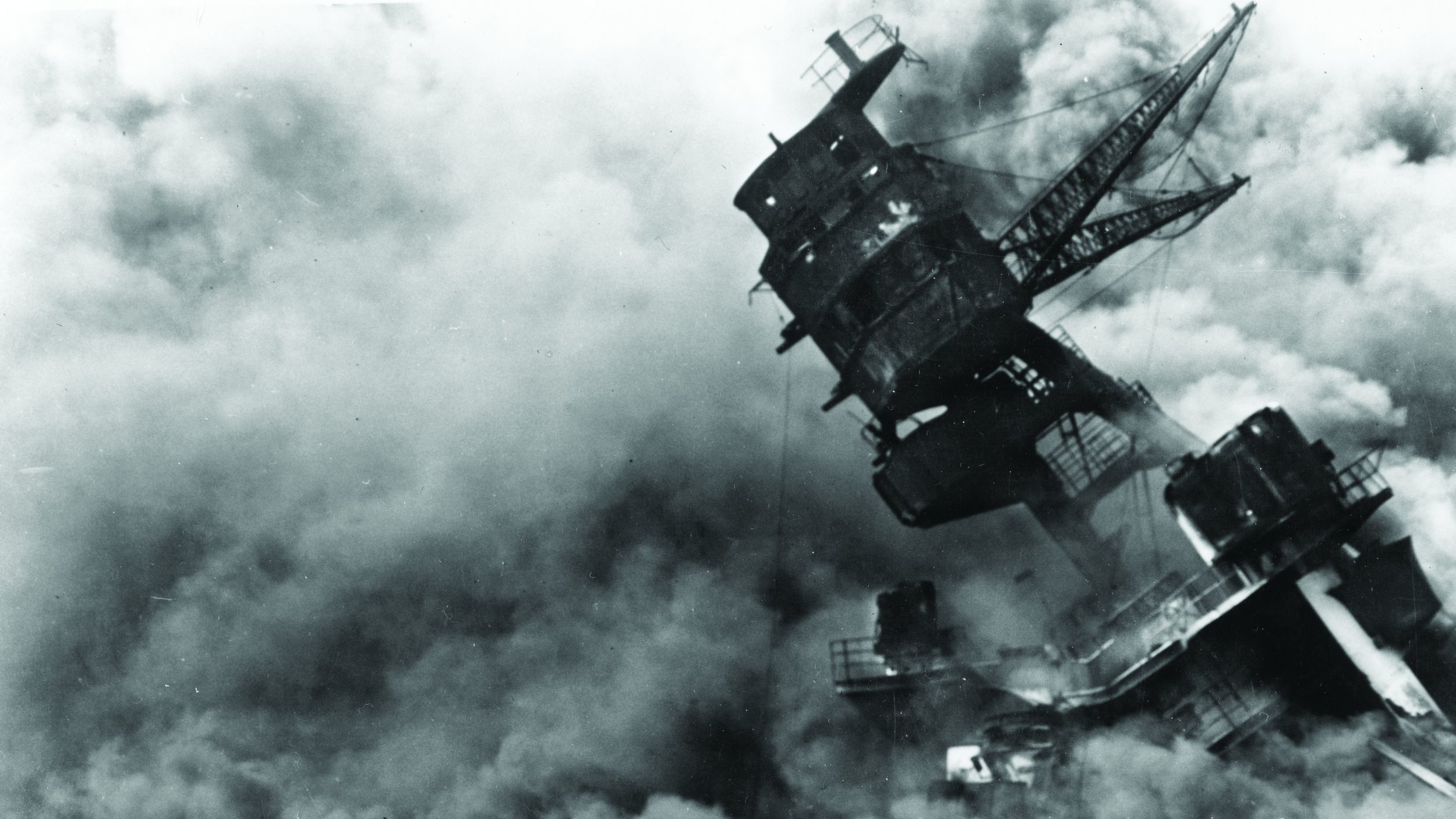
Join The Conversation
Comments
View All Comments